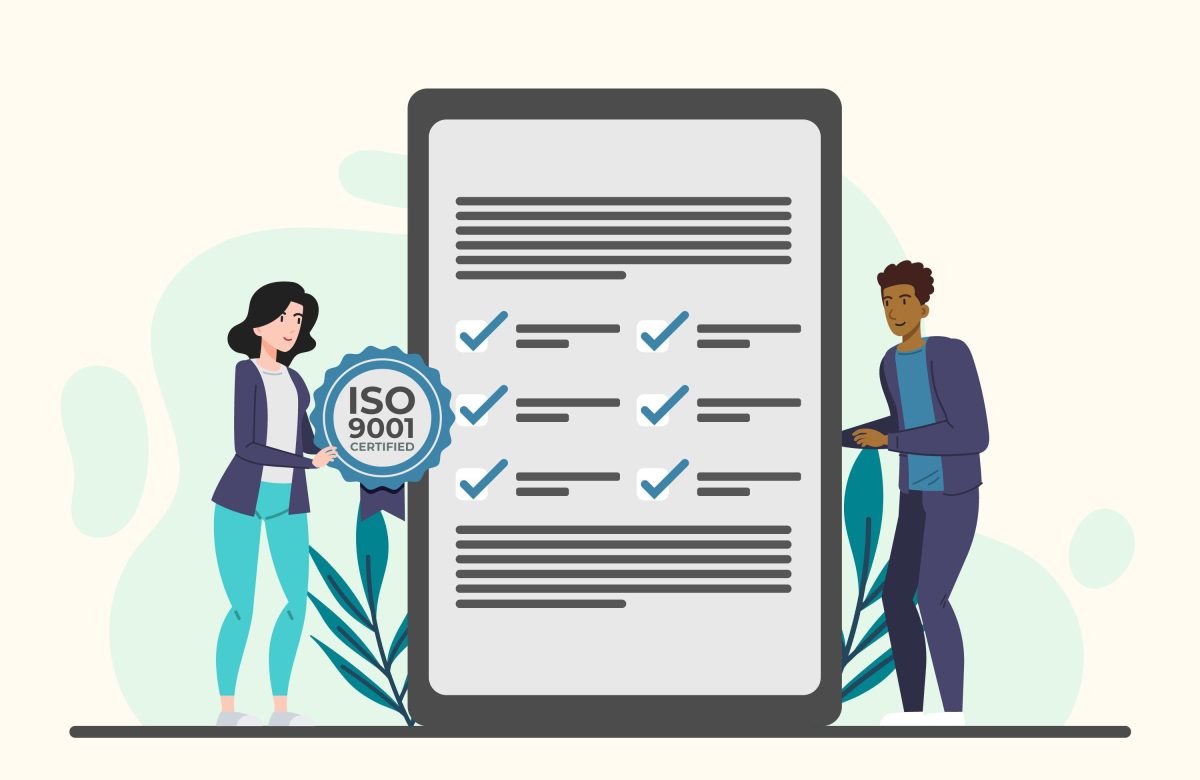How to build a successful customer loyalty program

In an era marked by fierce competition and evolving consumer preferences, businesses are realizing the significance of customer loyalty as a driving force behind sustainable growth. A well-crafted customer loyalty program not only rewards existing customers for their loyalty but also fosters lasting relationships, boosts brand advocacy and increases customer retention rates. In this comprehensive guide, we’ll explore the essential steps to building a successful customer loyalty program that not only resonates with your customers but also propels your business to new heights.
Understanding the Importance of Customer Loyalty
Customer loyalty is the foundation upon which enduring business success is built. Loyal customers not only continue to make repeat purchases but also serve as brand advocates, referring friends and family and providing valuable feedback. According to studies, acquiring a new customer can cost up to five times more than retaining an existing one, further emphasizing the need for an effective loyalty program.
Key Steps to Building a Successful Customer Loyalty Program
1. Define Clear Objectives
Before diving into building a loyalty program, define your objectives. Are you seeking to increase customer retention, boost average transaction value, or enhance brand engagement? Establishing clear goals will help shape the structure and components of your loyalty program.
2. Understand Your Audience
A successful loyalty program begins with a deep understanding of your target audience. Analyze customer demographics, behaviors, and preferences to tailor your program to their needs and desires.
3. Select the Right Loyalty Model
Choose a loyalty model that aligns with your business and resonates with your customers. Common models include point-based systems, tiered programs, cashback incentives, and experiential rewards. The model should motivate customers to engage with your brand consistently.
4. Design Engaging Rewards
Craft rewards that are meaningful and attractive to your customers. These rewards could include discounts, free products or services, exclusive access to events, personalized recommendations, or early access to new releases.
5. Simplicity and Transparency
Keep your loyalty program simple and easy to understand. Complex programs can deter customers from participating. Ensure transparency by clearly communicating how customers can earn and redeem rewards.
6. Promote Emotional Connection
An effective loyalty program goes beyond transactional rewards. Foster emotional connections by acknowledging milestones such as birthdays or anniversaries, sending personalized thank-you notes, and demonstrating genuine appreciation.
7. Utilize Multi-Channel Engagement
Integrate your loyalty program across various touchpoints, including your website, mobile app, social media, and in-store interactions. Consistent engagement across multiple channels enhances the customer experience.
8. Invest in User-Friendly Technology
Leverage technology to streamline the management and tracking of your loyalty program. User-friendly interfaces, mobile apps, and automated tracking systems enhance customer convenience.
9. Segmentation for Personalization
Utilize customer segmentation to personalize loyalty program experiences. Tailor rewards and offers based on customer behavior, preferences, and purchase history, ensuring a more relevant and engaging experience.
10. Offer Exclusive Benefits
Provide exclusive benefits to loyalty program members that go beyond regular customers. This could include early access to sales, members-only content, or VIP events, making members feel valued and appreciated.
11. Promote Social Sharing
Encourage members to share their loyalty program experiences on social media. This not only increases brand visibility but also serves as word-of-mouth marketing among their networks.
12. Educate and Communicate
Educate customers about the benefits and mechanics of your loyalty program. Regularly communicate updates, new rewards, and special offers through email campaigns, notifications, and other communication channels.
13. Gather Feedback and Iterate
Continuously gather feedback from program participants to identify areas for improvement. Use this feedback to iterate and enhance the loyalty program over time.
14. Measure and Analyze
Track key performance indicators (KPIs) such as customer retention rates, redemption rates, engagement metrics, and the overall impact on sales. Analyze these metrics to assess the program’s success and make data-driven decisions.
Best Practices for a Successful Customer Loyalty Program
Accessibility: Ensure that your loyalty program is accessible to all customers, regardless of their level of engagement or spending. Offer entry-level rewards to encourage participation from new customers.
- Consistency: Maintain consistent branding and messaging throughout your loyalty program materials and communications. This reinforces the program’s legitimacy and ties it closely to your brand identity.
- Adaptability: Stay flexible and adaptable. As customer preferences change and market trends evolve, be prepared to update your loyalty program to remain relevant and effective.
- Engage and Listen: Engage with your customers within the loyalty program and actively listen to their feedback. Address concerns, answer questions, and show that their input matters.
- Surprise and Delight: Occasionally surprise your loyalty program members with unexpected rewards or personalized offers. These “surprise and delight” moments create memorable experiences.
Conclusion
A successful customer loyalty program is a testament to a business’s commitment to its customer’s satisfaction and loyalty. By defining objectives, understanding your audience, selecting the right loyalty model, designing engaging rewards, promoting emotional connections, utilizing multi-channel engagement, offering exclusive benefits, educating and communicating, gathering feedback, measuring and analyzing, and following best practices, you can build a loyalty program that not only nurtures




